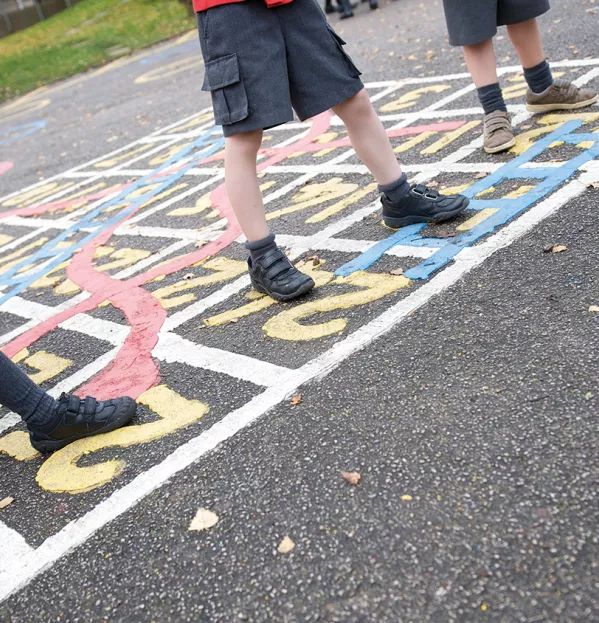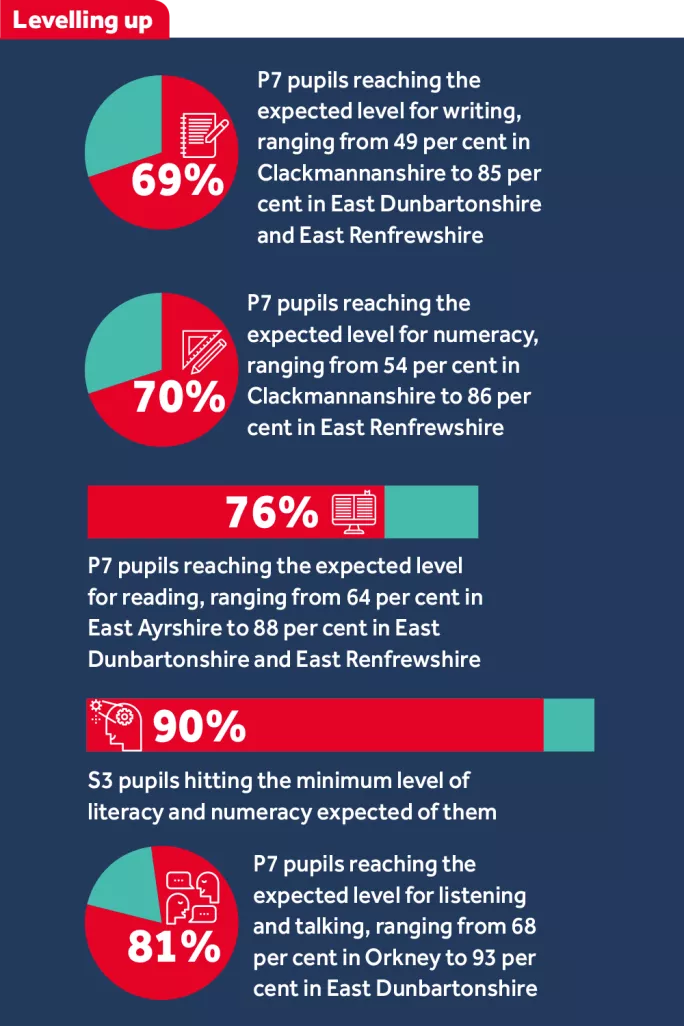
Virtual tracking for primaries

A new tool being rolled out across Scottish local authorities will enable primary headteachers to compare their pupils’ performance in literacy and numeracy to a virtual comparator - and also to schools across Scotland.
The virtual school is generated using the characteristics of the pupils on a school’s roll, taking into account factors such as deprivation, whether pupils have English as an additional language and ethnicity.
A similar tool for monitoring and tracking pupil performance in senior secondary - called Insight - was introduced in 2014. However, this is the first time that primary headteachers will have the ability to easily compare the performance of their pupils to a virtual comparator and other schools in Scotland.
‘Learning and collaborating’
They will also be able to see how their school’s literacy and numeracy attainment compares to schools operating in similar contexts, as well as schools across their local authority, their regional improvement collaborative and the country.
The aim, according to the education secretary John Swinney - who spoke exclusively to Tes Scotland about the new system - is for these comparisons to spark conversations that lead to “learning and collaborating”.
The tool - to be named at a later date but with a working title of the Broad General Education (BGE) Benchmarking Tool - tracks pupil performance in reading, writing, listening and talking and numeracy using teacher judgements about the level pupils are at.
These teacher judgements about pupils’ attainment in literacy and numeracy at P1, P4, P7 and S3 have been collected for the past two years, but have proven controversial because councils question whether teacher judgement is consistent enough across the country to allow for fair comparisons between schools and councils. However, the Scottish government argues that consistency will improve this year because teacher judgement will be informed by the new standardised assessments.
Once schools have got to grips with the new BGE benchmarking tool, the government plans to make the information available to parents, so they will be able to see track their local school alongside its virtual comparator.
From early autumn, parents will also be able to see through a new dashboard that will be made available via the Parentzone website, hosted by Education Scotland, whether the school is meeting the target for two hours of PE; what its roll is; the attendance rate and the pupil-teacher ratio.

The dashboard will also show the proportion of pupils at the school with English as an additional language, with additional support needs and from deprived areas. Much of this information is already published, but can be hard to find because it is in different government publications. Making the information readily available will improve transparency and the visibility of data, says the government.
In the past, school IT systems for tracking and recording pupils’ performance have been criticised for increasing teacher workload.
There are also concerns that if what you measure in schools has a narrow focus, then the education pupils receive will also narrow because schools will concentrate on what they are judged on.
Workload concerns
However, Swinney says the move has come in response to the Organisation for Economic Cooperation and Development (OECD) recommendation in 2015 that schools and councils needed to collaborate more to improve - and would not add to teacher workload because the data was already being collected.
He adds that, while the focus of the new benchmarking tool is literacy and numeracy, the government will be using a far wider range of measures to judge whether the attainment gap is closing.
Swinney says: “There is no additional workload [for teachers] because the data is data that is essentially being collected already. It is just being marshalled and presented in a fashion that gives schools the opportunity to see where comparisons with other schools’ performance might lead them to look at steps that encourage improvement.”
Using the data generated by the tool schools would be able to “judge where they might need to make improvement and how to go about learning and collaborating with others”.
Swinney says: “This is a very welcome collection of information that will enable schools to focus on designing approaches to secure improvement within their schools.”
He adds: “This is one set of data and is a very important one with the focus it has on literacy and numeracy but to judge the success of the system in closing the poverty related attainment gap we will use a broader range of indicators than the Broad General Education benchmarking tool.”
You need a Tes subscription to read this article
Subscribe now to read this article and get other subscriber-only content:
- Unlimited access to all Tes magazine content
- Exclusive subscriber-only stories
- Award-winning email newsletters
- Unlimited access to all Tes magazine content
- Exclusive subscriber-only stories
- Award-winning email newsletters
You need a subscription to read this article
Subscribe now to read this article and get other subscriber-only content, including:
- Unlimited access to all Tes magazine content
- Exclusive subscriber-only stories
- Award-winning email newsletters
- Unlimited access to all Tes magazine content
- Exclusive subscriber-only stories
- Award-winning email newsletters